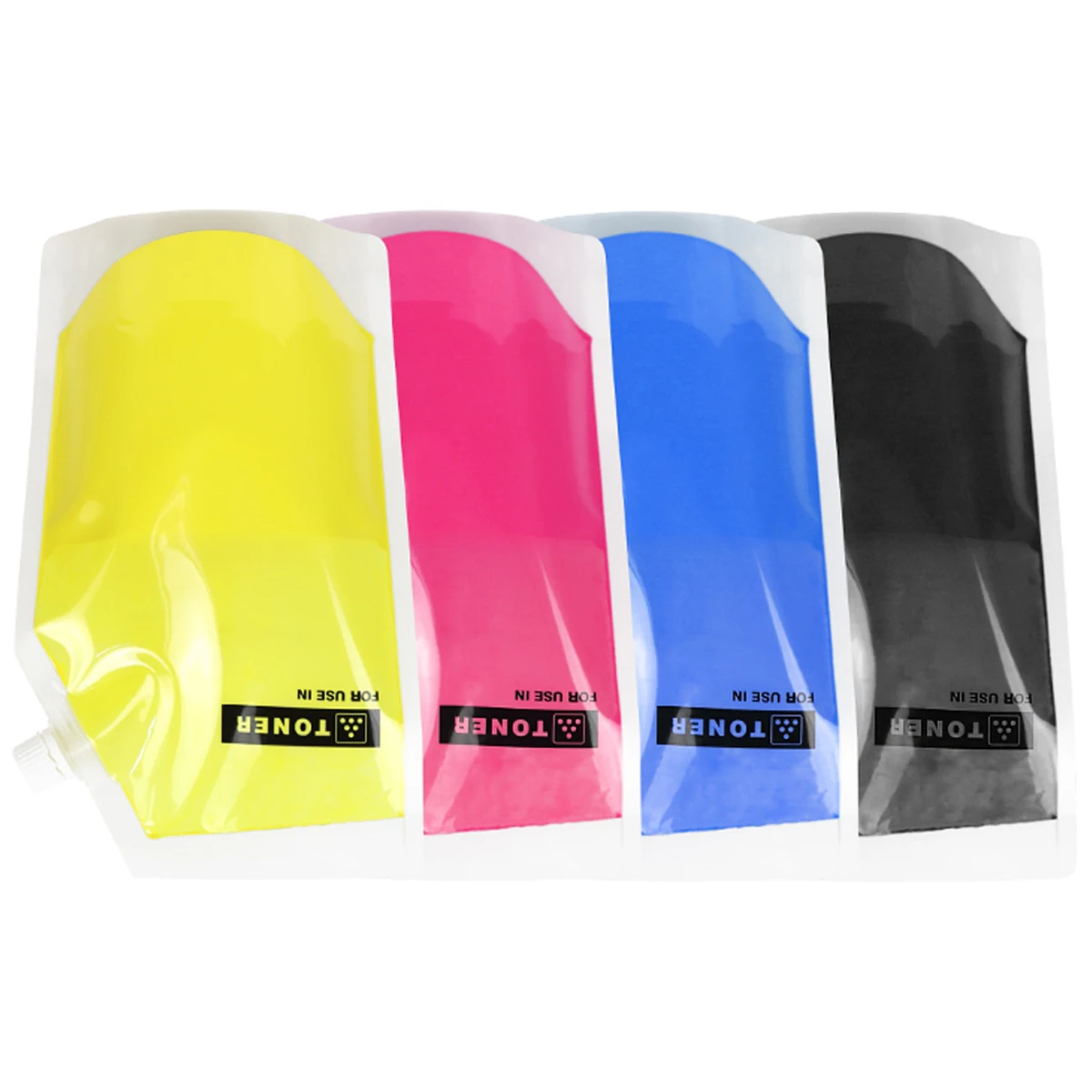Glyph Technologies StudioRAID mini 8TB (2x 4TB) 2-Bay External Hard Drive Array

The StudioRAID mini is your pro-quality portable RAID solution - easily record music, edit video or work with files on the road with a reliable RAID. Two internal SATA drives features USB 3.0, FireWire 800 and eSATA connectivity. Bus-powered via FireWire 800 (even as you transfer data over eSATA) or use the included external power supply. Supports RAID 0 and RAID 1 modes. A built-in fan keeps the drives cool while the brushed aluminum housing looks sleek and sharp.• RAID 0 & RAID 1 modes• Bus-powered with FireWire 800• Internal fan for maximum airflow and proper cooling• Rear power switch• Applications: Field recording, moving audio, video, graphics and prepress files Easy To Setup! Time Machine Compatible Glyph StudioRAID mini comes preformatted HFS+ with Journaling and is Time Machine compatible out of the box. A simple reformat is all it takes for the StudioRAID mini to work with Windows systems. New York Based Quality Quality Components Matter StudioRAID mini has been designed from the ground up to provide the fastest performance, ultimate reliability and a simple, elegant experience throughout your creative process. First we select the highest quality components available. Then we assemble the drives in our US factory and perform regimented testing on every unit before it ships to you. Ports On the rear of the StudioRAID mini there are two FireWire 800 ports, one eSATA port and a USB 3.0 port. Officially, FireWire 800 ports are IEEE 1394b ports that run at up to 800Mbits/sec. One of these ports should be connected to your computer and the other should be connected to other downstream FireWire devices. It doesn't matter which port you connect to the computer, they are functionally identical. If your computer has a FireWire 800 port, use the provided FireWire 800 9-pin cable. If your computer has a FireWire 400 port only, you can use a FireWire 800 to FireWire 400 converter cable, available from Glyph. The fastest interfaces on the StudioRAID mini are the USB 3.0 and eSATA ports. Bus Power Bus-powered with FireWire 800, the StudioRAID mini also includes USB and eSATA ports for optimum compatibility, allowing you to easily work on the road with a reliable RAID. An external power supply is included with the StudioRAID mini if bus power is not available or is insufficient. StudioRAID mini can be run successfully using FireWire bus power supplied by many notebook computers, however Glyph can't guarantee compatibility with all notebooks due to differing bus power specs. If you want to guarantee StudioRAID mini will work, use the included DC supply. Front panel LED The StudioRAID mini front panel has a bi-color LED. The LED will display solid blue when power is on. The LED will flash blue when there is disk activity. The LED will flash or display a solid red color when error conditions exits with the drive or enclosure. Any error that results in the system state "Halted" generates a solid red LED on the front panel of the drive. All other errors result in the blinking red LED. eSATA • eSATA is an external interface technology that grew from the internal SATA I interface• The StudioRAID mini eSATA port supports speeds up to 6 Gb/sec (600 MB/sec), much faster than FireWire 400 or FireWire 800• Shielded eSATA cables up to 2 meters in length are available• eSATA cables are different than SATA I cables, they are shielded and cannot be used with internal SATA I connectors• eSATA uses a "point-to-point" connection, therefore each eSATA drive needs to be connected to its own eSATA port• Most computers do not have built-in eSATA, so you'll need a PCI card to connect your drive with eSATA. Glyph sells various eSATA cards FireWire FireWire is an implementation of the IEEE 1394 serial bus standard. It not only supports automatic configuration ("plug and play") and hot-swapping of devices, it's fast and best of all it's reliable for audio/video as well as for computer peripherals. FireWire supports peripherals in a tree-like structure and it allows peer-to-peer device communication-e.g. between a scanner and a printer-to take place, without using system memory or the CPU. With FireWire you can hook up to 63 devices to the same bus, with cable lengths of up to 4.5m (14') including internal cabling, allowed between devices. Its cable is convenient and can also carry power. This allows low-consumption devices to operate without a separate power cord, by using power supplied by other devices on the bus. FireWire 800 • FireWire 800 supports speeds up to 800 Mb/sec, twice as fast as FireWire 400• If your computer does not have built-in FireWire 800, you'll need a PCI card to achieve a true FireWire 800 connection• Most 800 ports are Bi-Lingual, which means they speak both FireWire 400 and FireWire 800• If you connect a 400 device to an 800 device, you will be running at 400 speed maximum• FireWire is forward-compatible and back-compatible• Beta cables are used to connect 800 devices to 800 devices• Bi-Lingual cables are available to connect 400 devices to 800 devices• Bi-Lingual cables have a 9-pin Bi-Lingual connector at one end and a 4-pin or 6-pin FireWire 400 connector at the other end The StudioRAID mini and Drive Modes The StudioRAID mini enclosure contains two hard disk drives, which function as one single volume. It supports two drive modes: RAID 1 (mirroring) and RAID 0 (striping. Each drive mode has its own advantages, depending upon the application. RAID 1 (mirroring) Offers data redundancy and real-time backup by writing the same data to the two hard drives at the same time. Should a drive failure happen, data is still available on the remaining drive. In RAID 1 mode, the two drives are seen by the computer as one volume, but with half the capacity. For example, a 1TB StudioRAID mini will be seen as a 500GB drive. Reading and writing occurs on both drives simultaneously so that each of the drives contains exactly the same data, mirroring each other. If either of the drives should fail the other is there to continue to provide operation. RAID 0 (striping) Increases the performance of the drive system by spreading the data across two drives. RAID 0 is a proven technology for editing video, working with huge graphics files, sound libraries and streaming instruments that play hundreds of samples simultaneously. RAID 0 is the default shipping drive mode. In RAID 0 (striping) mode, the two drives are seen by the computer as one large drive and reading and writing occurs on both drives simultaneously. It is designed to increase the performance and data throughput of the drive system. The StudioRAID mini's built-in RAID controller splits each piece of data across both of the drives in segments and distributes the I/O burden. Since data is written without any form of parity data-checking, it allows for the fastest data transfer of all other RAID levels. However, if one drive becomes damaged, the data on both drives can become corrupted. RAID 0 is not redundant or fault tolerant like RAID levels 1, 3 and 5, but the trade off is that it's the fastest of all RAID levels. MAKE SURE TO BACKUP YOUR DATA OFTEN! Content Creation Applications Qualified with Final Cut Pro, Avid Media Composer, Adobe Premiere and all major audio production packages that support FireWire storage, including Digidesign Pro Tools, Steinberg Nuendo and Cubase, Apple Logic, MOTU Digital Performer, Cakewalk Sonar, Sony Vegas.
Пользователи также просматривали



































